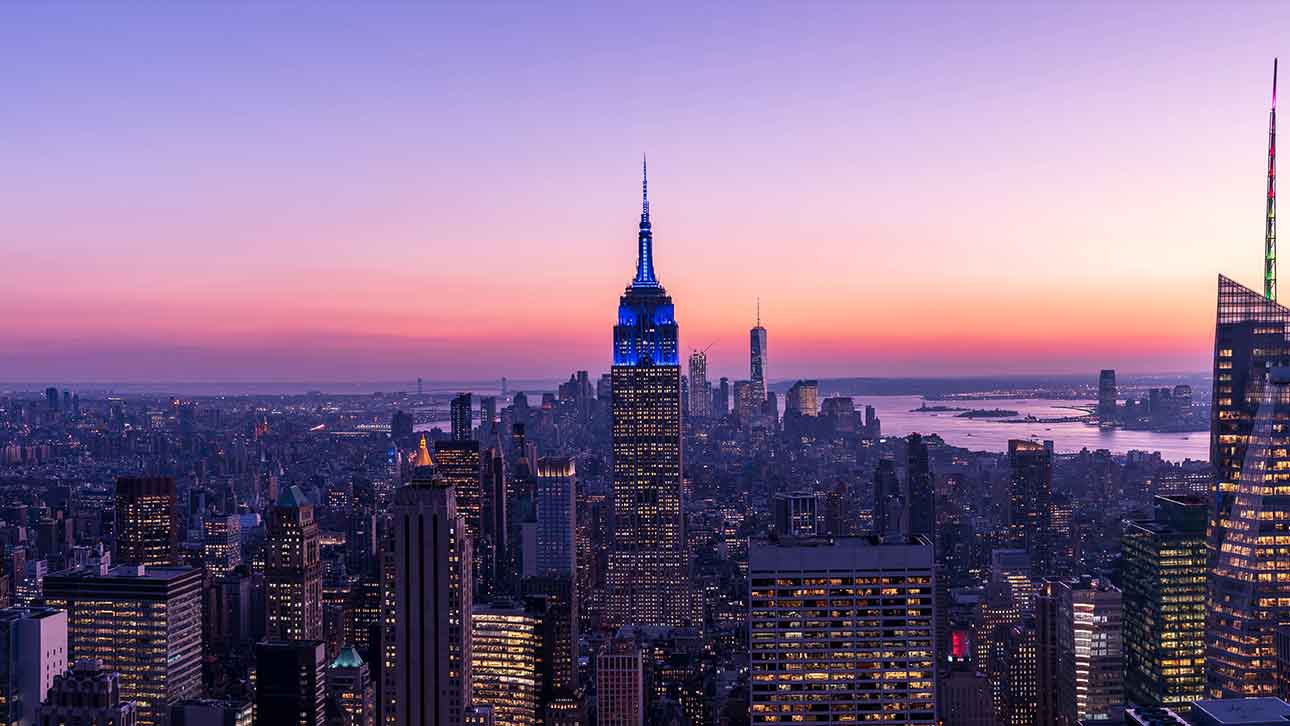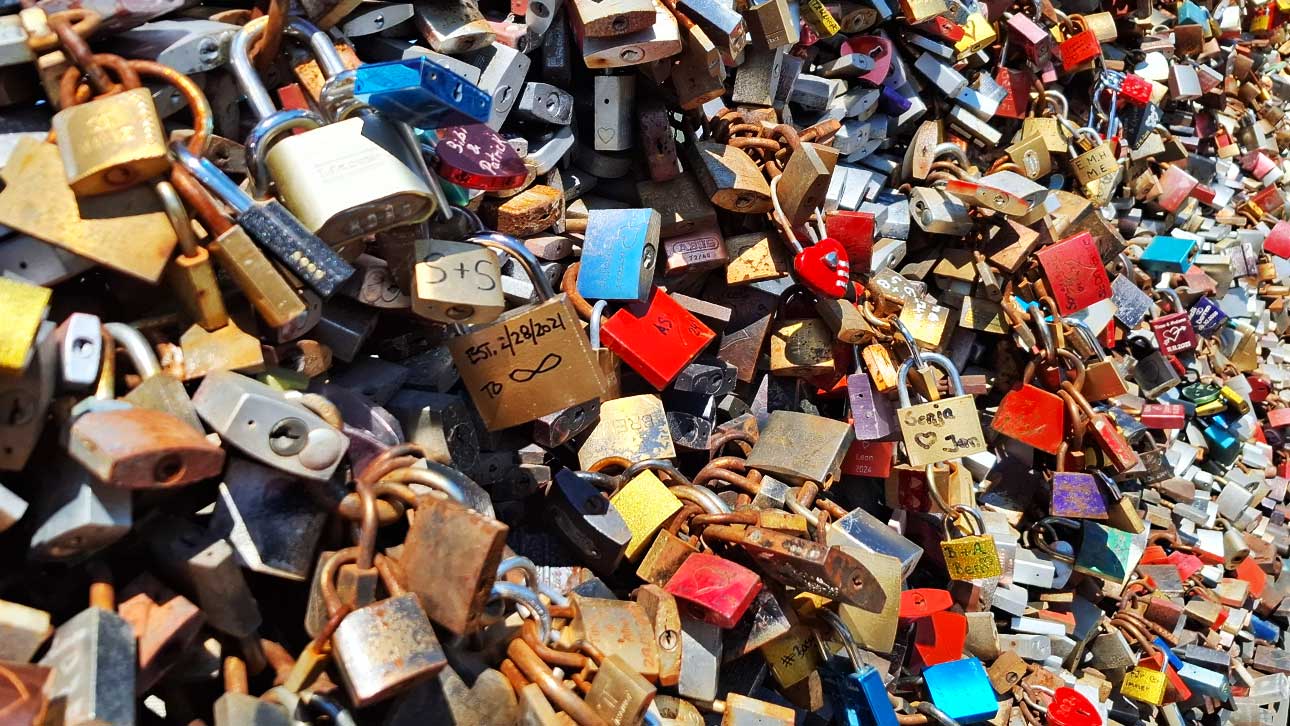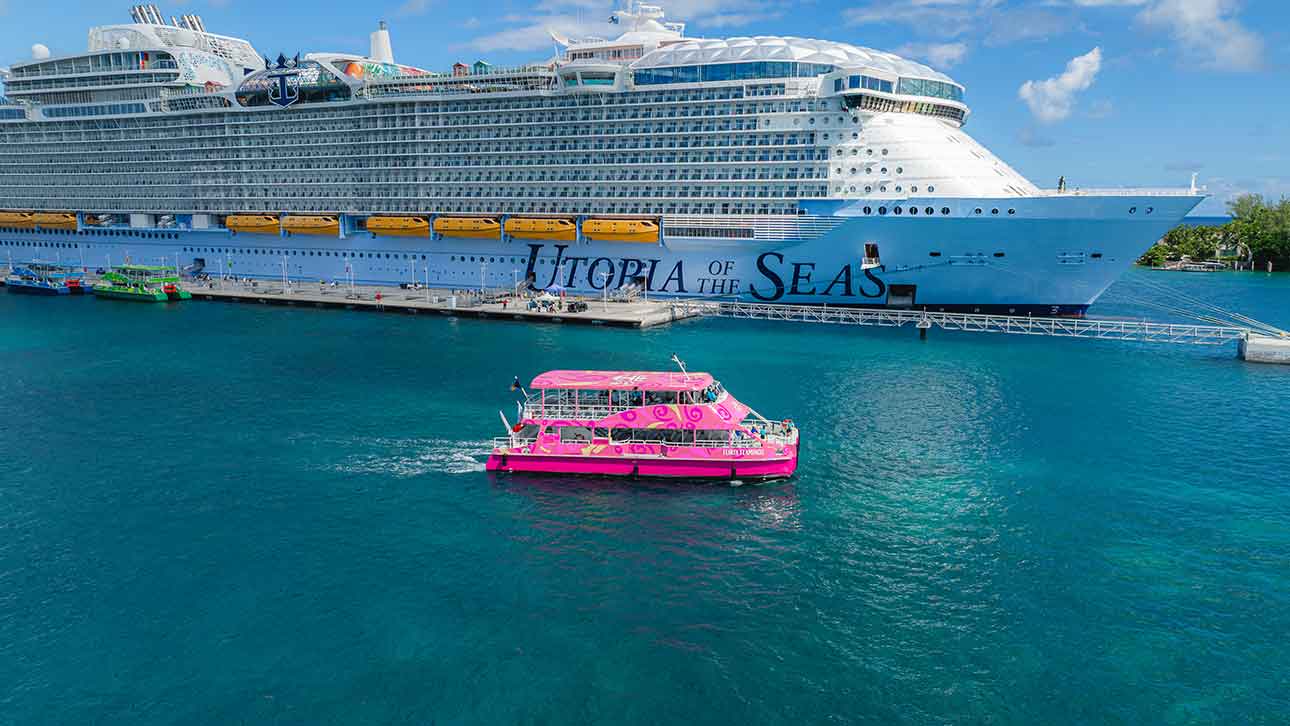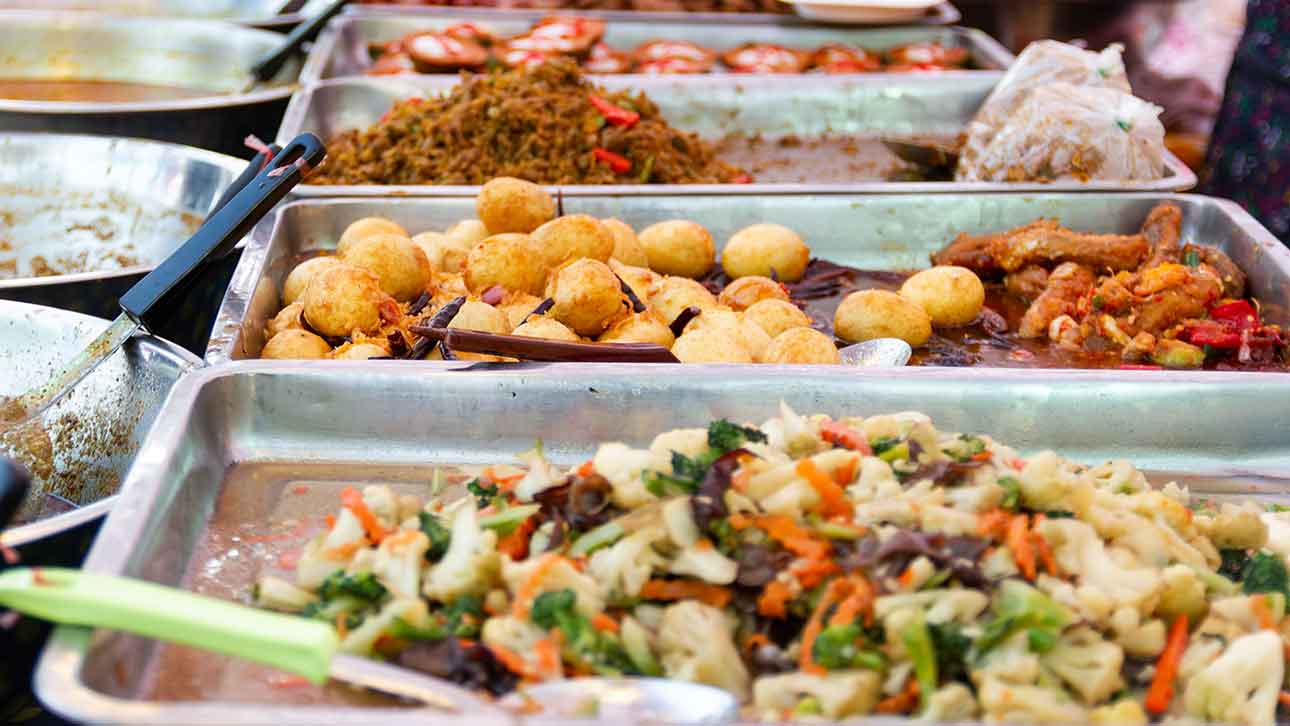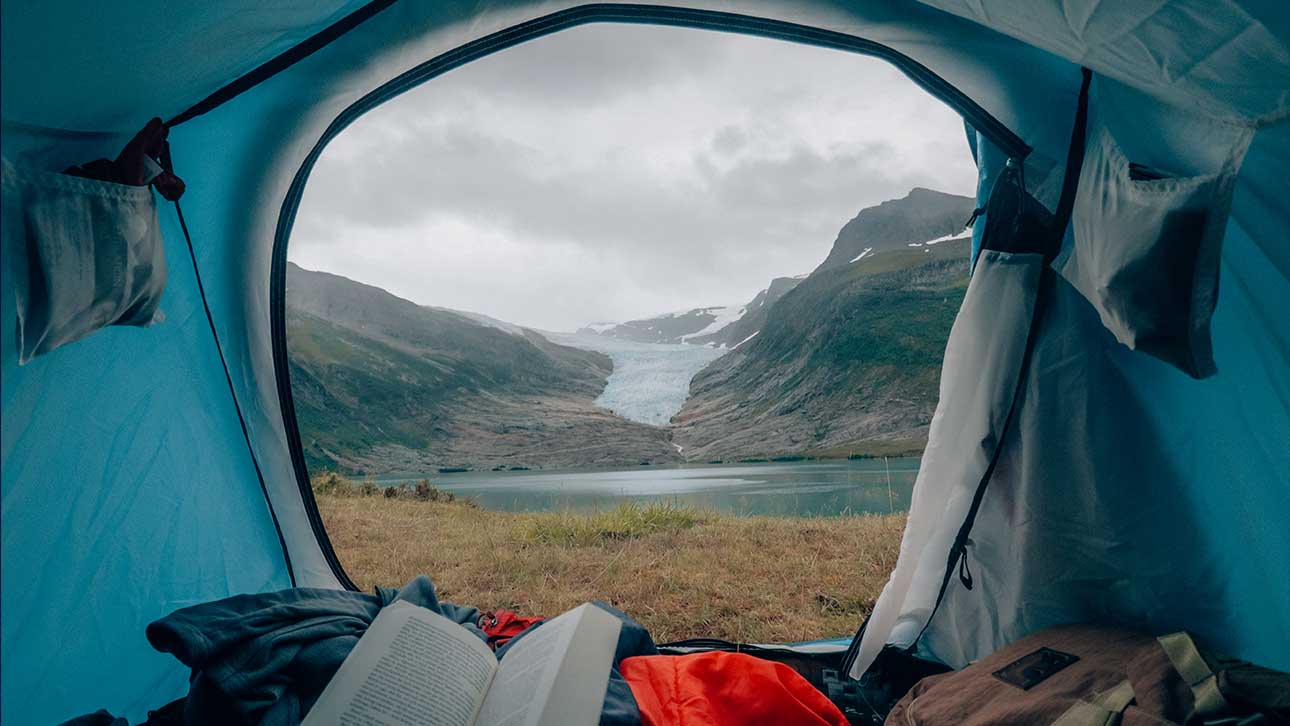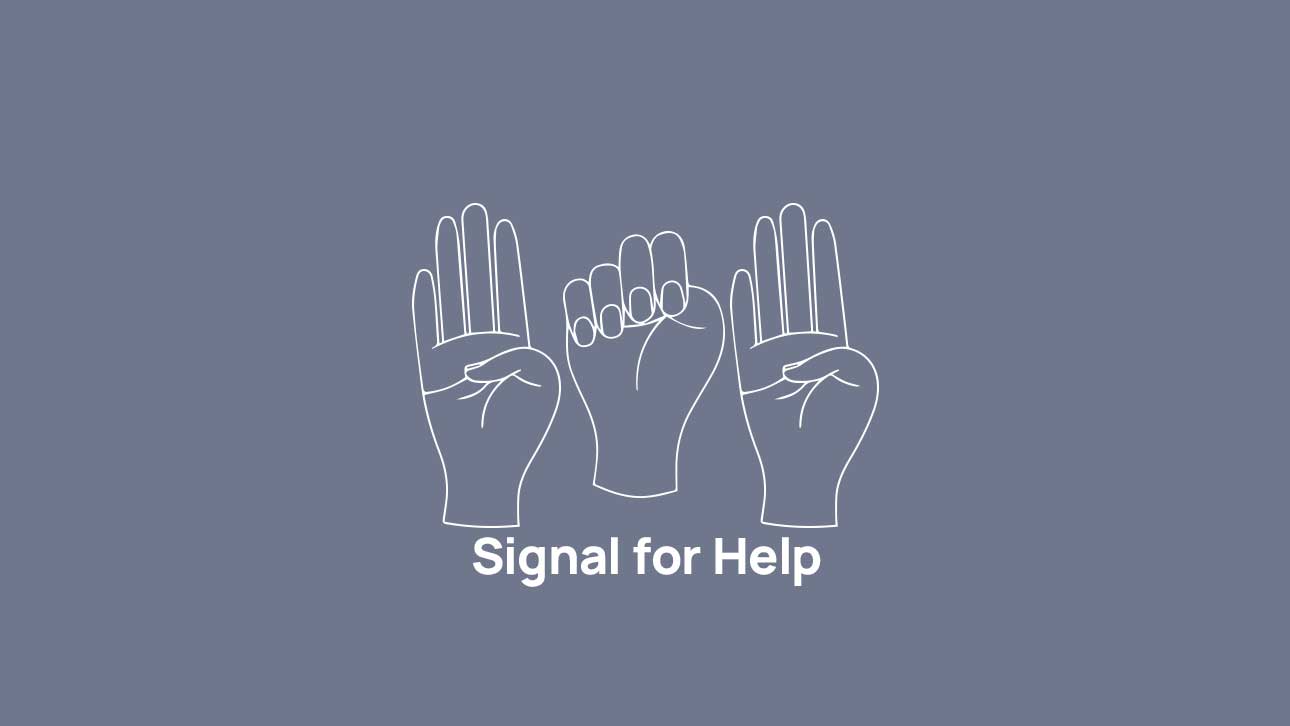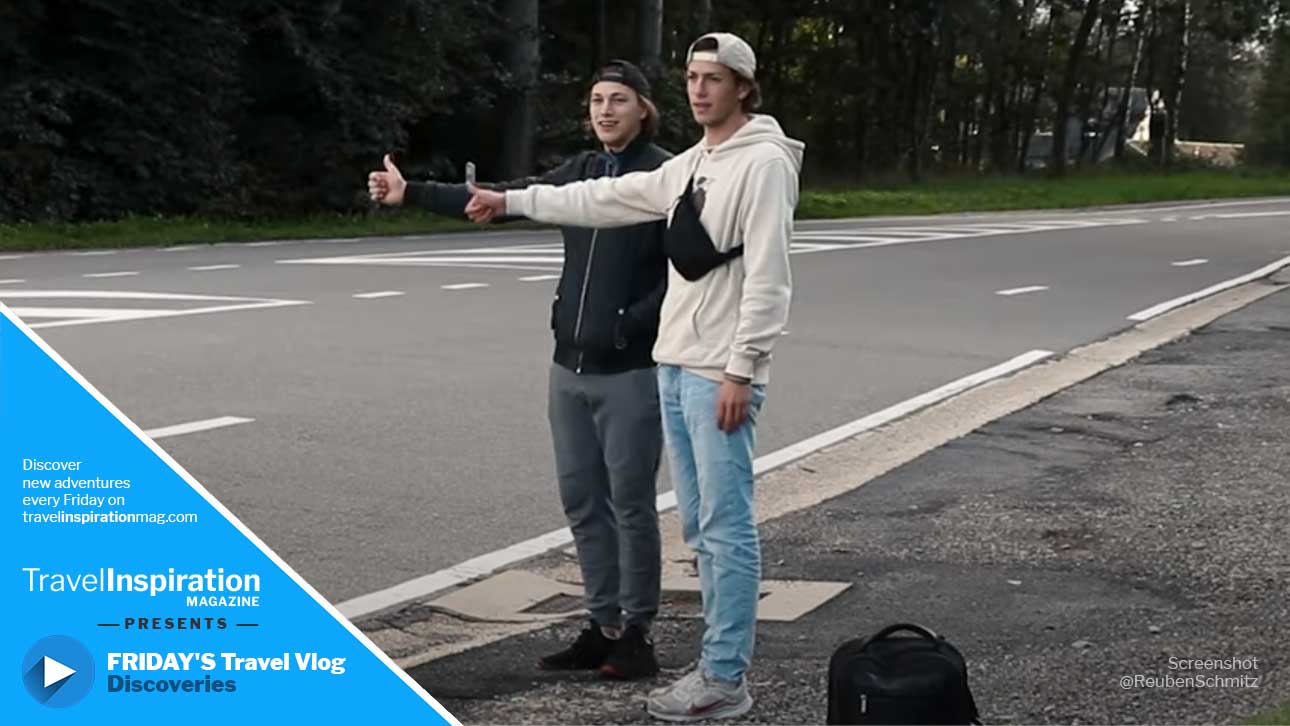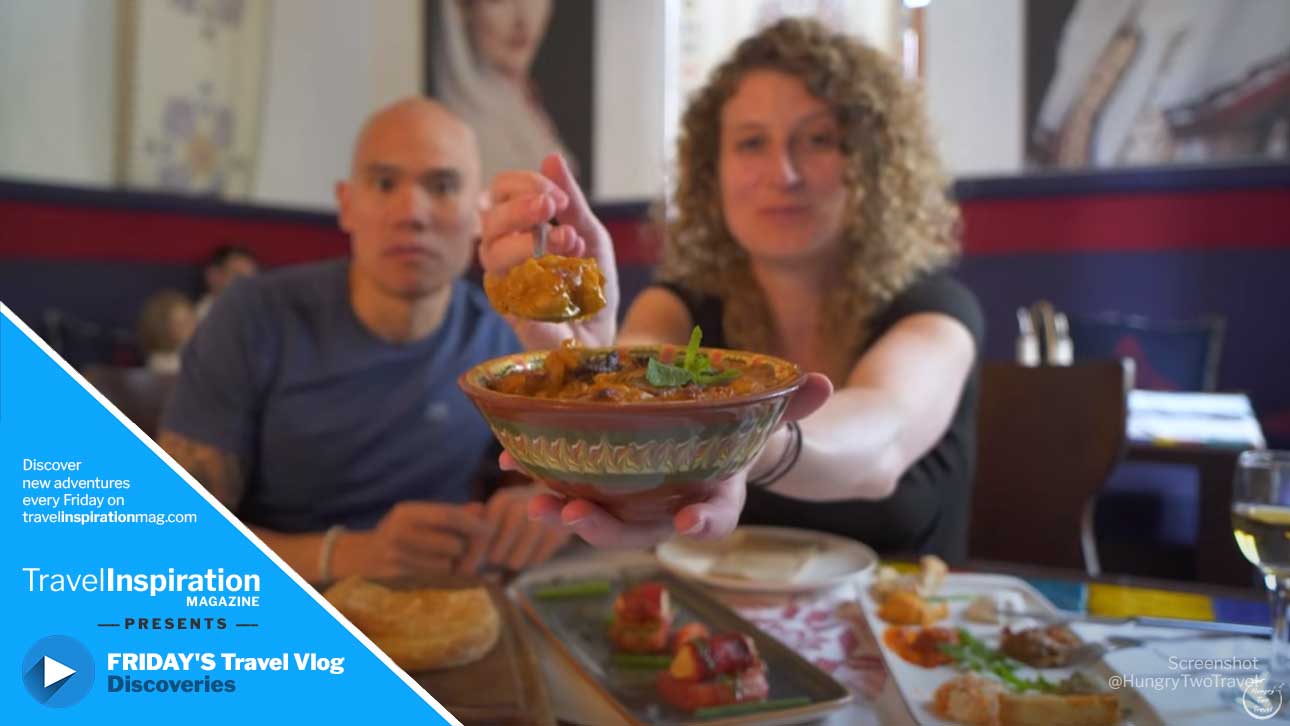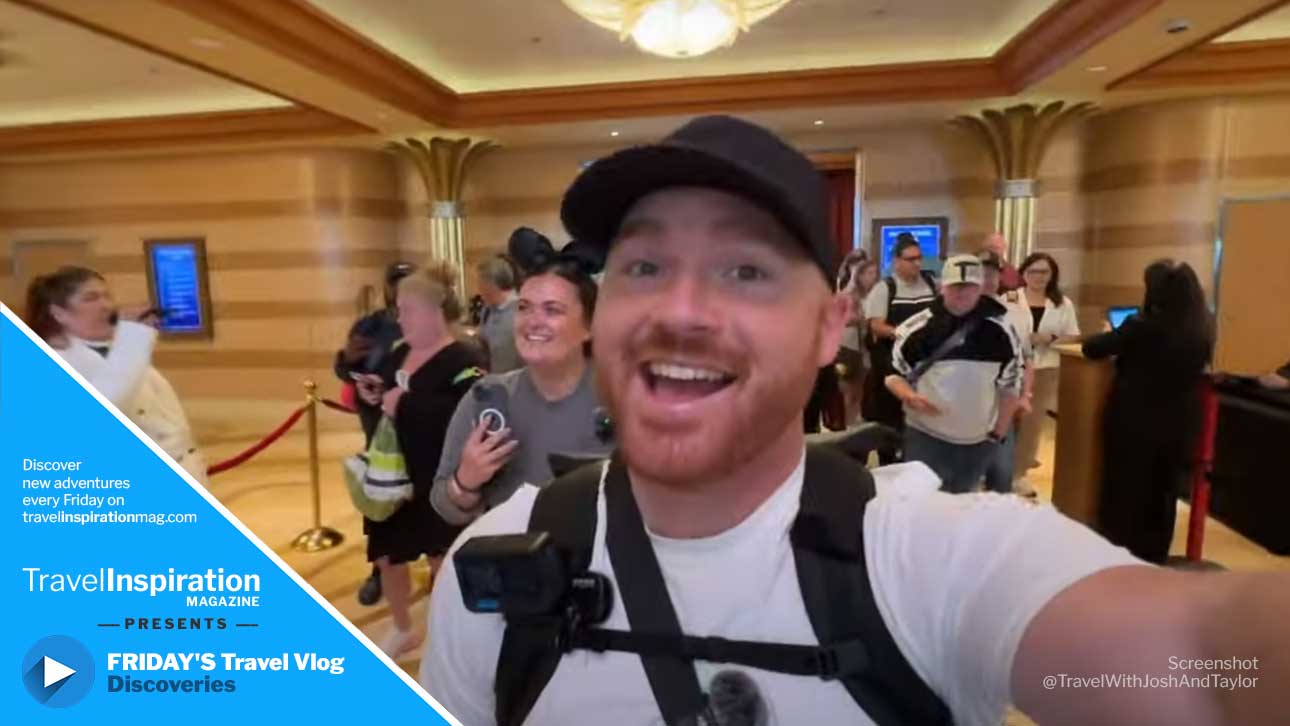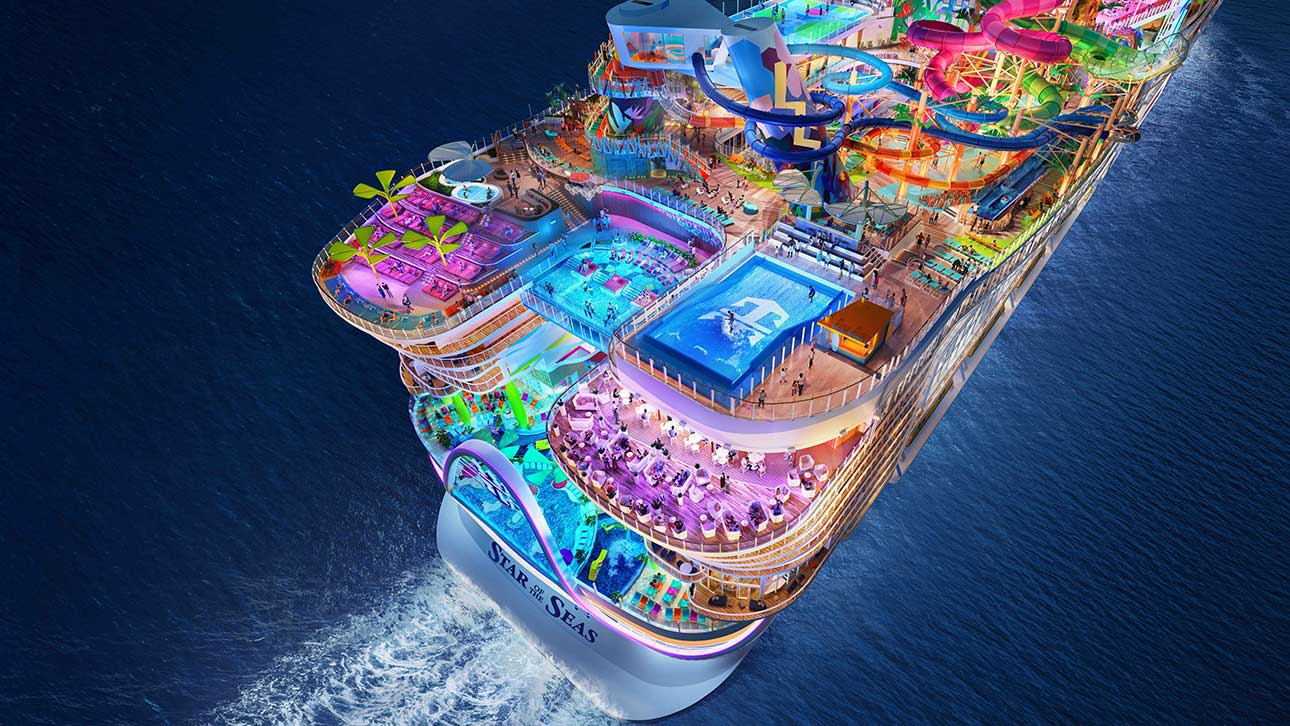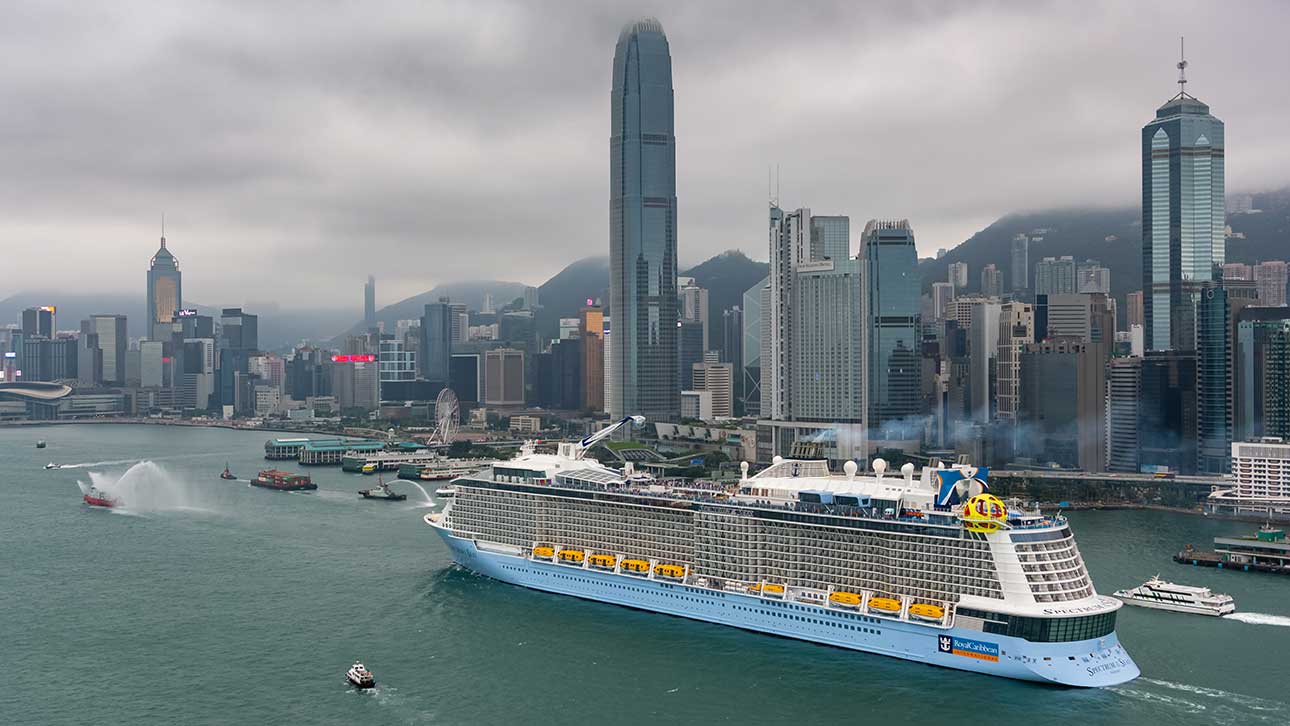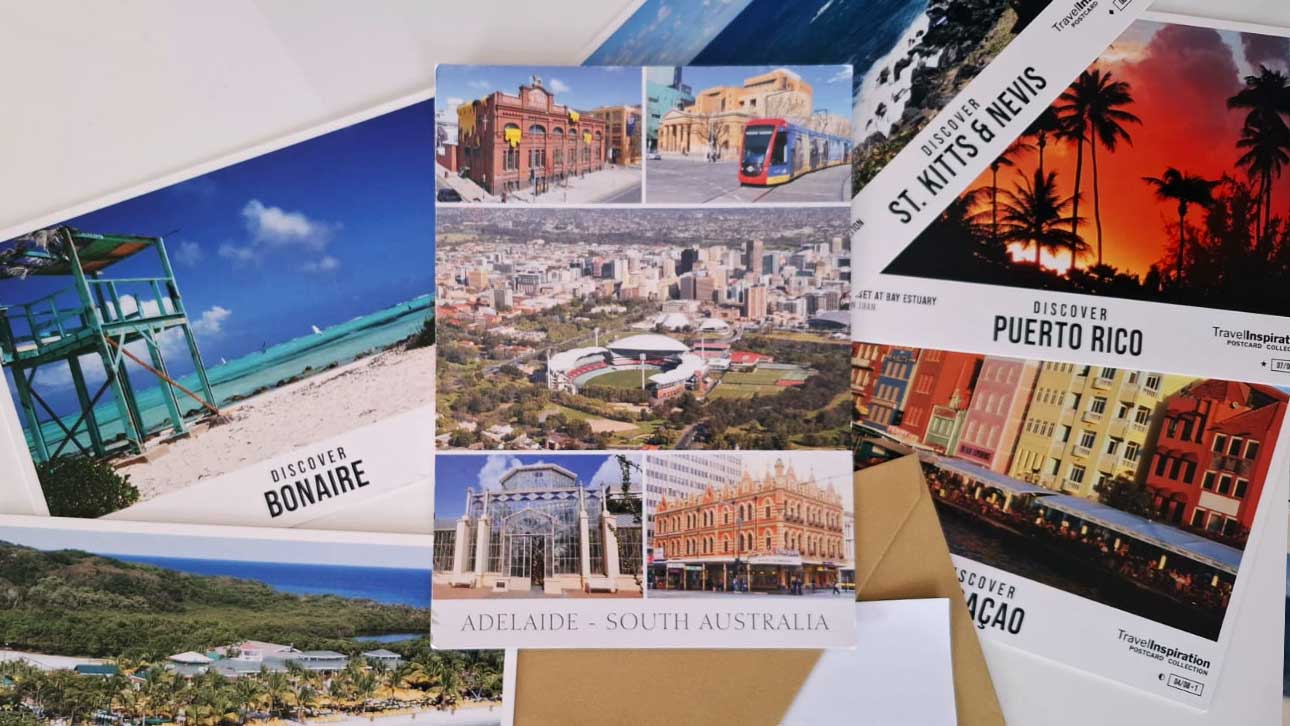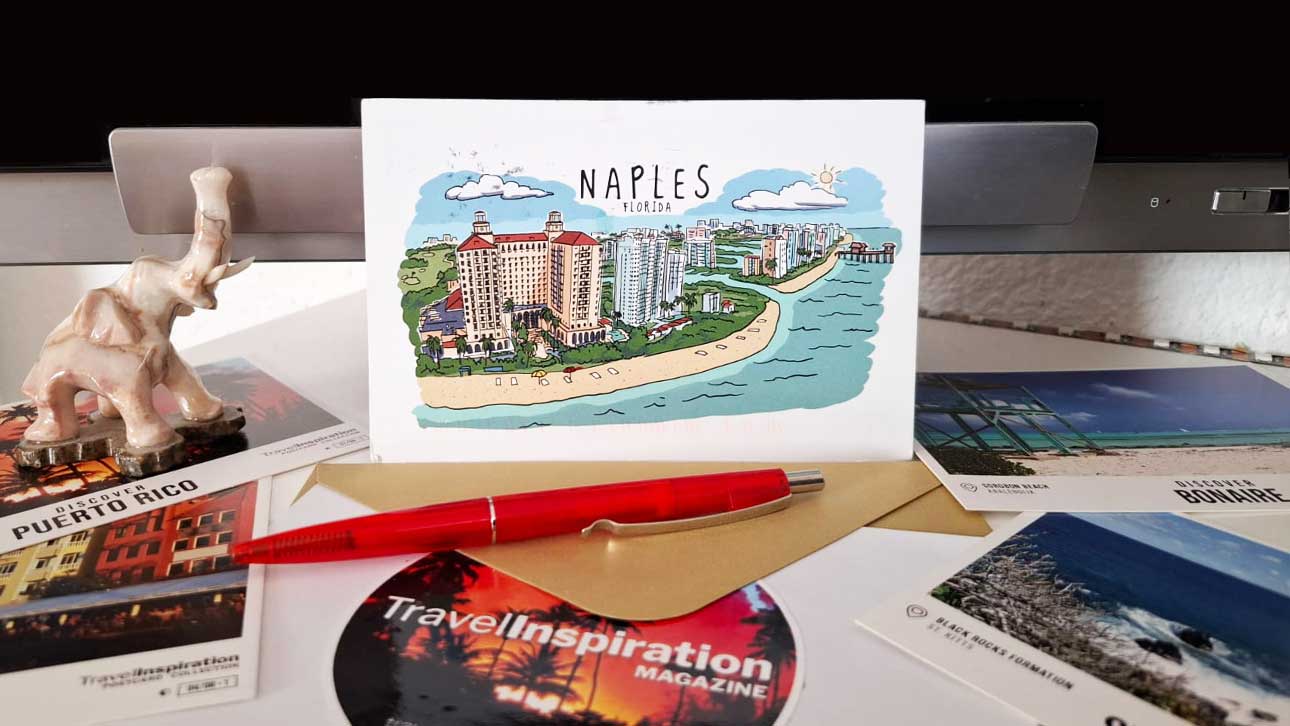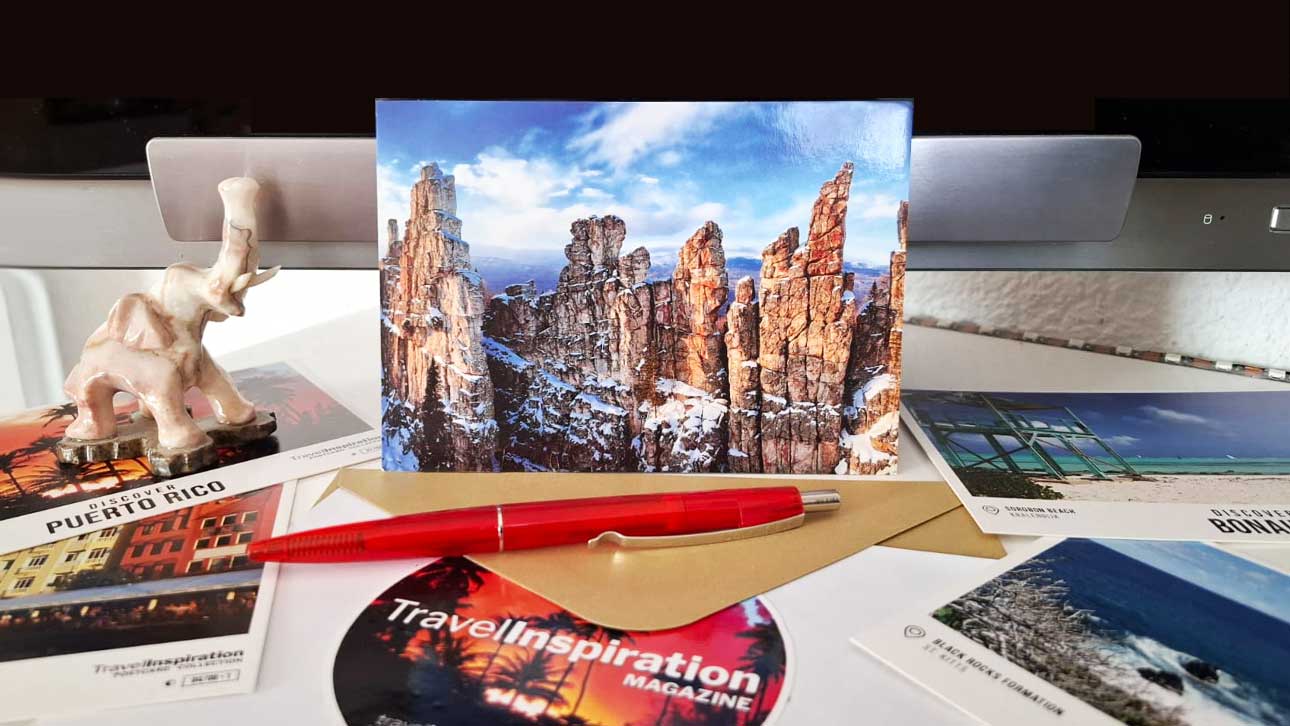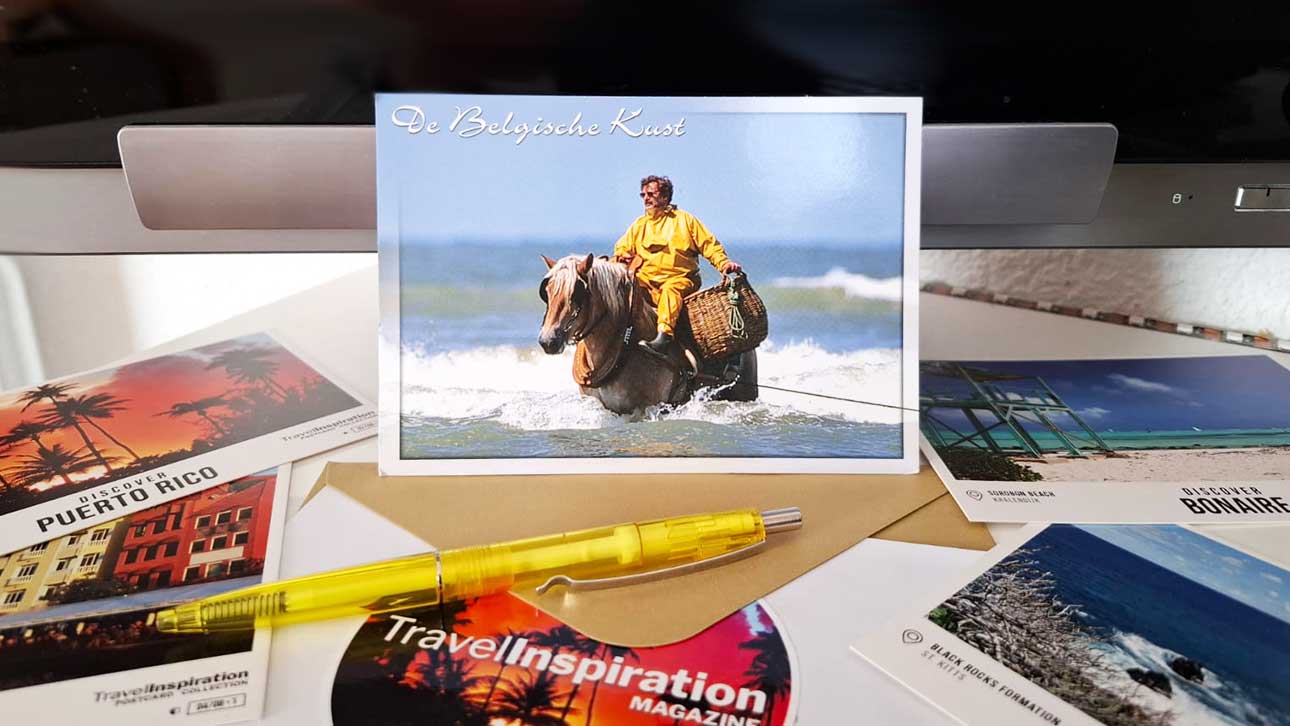When planning a trip, we are always attracted by the offers for cheap hotels and budget accommodations. The photos look perfect, the descriptions sound tempting, and the price seems like a real bargain.
But often, what you don’t see on the screen is the most important: whether the hotel’s neighborhood is safe. The truth is that even a five-star hotel cannot give you peace of mind if the area around it is known for crime or has a bad reputation.
Why is the neighborhood so important when choosing a hotel?
Many travelers often look only at the location in relation to the city center or tourist attractions. But the reality is different: cities have their own “invisible borders.” In Rio de Janeiro, one street can separate a tourist area from a favela. In Mexico City, a hotel may look close to the center, but it could be in an area where walking at night is not advisable. In Los Angeles, just a few meters away from Hollywood Boulevard, you can find streets with barred windows and constant police patrols.
The neighborhood is an extension of the hotel – the place you return to every evening, where you grab a taxi or look for breakfast. If you don’t feel safe walking within 200 meters, then it’s not the right choice, regardless of the price.
How to check the safety of the area before booking?
1. Google Maps and Street View
I personally always start with Google Maps. Not just to see where the hotel is, but to “walk” around the neighborhood with Street View. If I see shuttered shops with bars, abandoned buildings, or no people around even during the day – that’s a red flag.
2. YouTube “Night Walk” videos
One of the most useful practices is to watch videos like “night walk in...”. They show the atmosphere of the neighborhood after dark. That’s how I learned that in Barcelona, pickpockets are a problem even in the center, while in Tokyo you can safely walk alone at three in the morning.
3. Guest reviews and hidden comments
On Booking, Airbnb and TripAdvisor, read not only the ratings for the hotel but also what people say about the neighborhood. Comments like “we didn’t feel safe at night” are signals you should not ignore. Also, check guest-uploaded photos – they often show the entrance and the street, which professional photos hide.
4. Forums and social networks
On Reddit (r/travel, r/solotravel) or in Facebook groups for expats, I ask directly: “Is ... safe to stay?” This way, I get honest opinions from people who actually live there. Once, this saved my trip to Athens when I found out that a neighborhood with a stunning view of the Acropolis was sadly notorious for theft.
Where should you be especially careful?
Not all countries are the same when it comes to neighborhood safety. In Japan, South Korea, and Scandinavia you can feel safe almost everywhere. But in other parts of the world, the choice of neighborhood is critical:
- South America (Brazil, Colombia, Peru) – a small change in location can put you in an area with high crime rates.
- Large metropolises such as Mexico City, Los Angeles, Cape Town – neighborhoods can be very contrasting.
- Southern Europe (Naples, Athens) – crime is mostly petty but can make your stay unpleasant.
- Turkey and North Africa – tourist areas are relatively safe, but going outside them at night requires caution.
When you see a hotel at an extremely low price, ask yourself: “Why is it so cheap?” Often the reason is not the quality of the rooms but the location. Sometimes you don’t pay with money, but with your sense of peace of mind. And when you’re far from home, that is the most valuable currency.
The most popular metropolises and their safe and risky neighborhoods
To save you long hours of searching through forums and social media, we compiled a list of 20 of the most visited metropolises in the world and summarized which are their safe neighborhoods and which areas are better to avoid.
This information is especially useful for tourists visiting a big city for the first time – whether it’s New York, London, Paris, or Rio de Janeiro. Check out the full table below, which can help you choose a hotel in the right area and avoid unpleasant surprises.
| City | Safe neighborhoods | Risky neighborhoods |
|---|---|---|
| New York | Midtown Manhattan, Upper East Side, Brooklyn Heights | Bronx (some areas), East New York, Harlem at night |
| Los Angeles | Santa Monica, Beverly Hills, West Hollywood | Skid Row (Downtown), South Central LA, Compton |
| Mexico City | Polanco, Roma Norte, Condesa | Tepito, Iztapalapa, Doctores |
| Rio de Janeiro | Copacabana, Ipanema, Leblon | Favelas (Rocinha, Complexo do Alemão) |
| São Paulo | Jardins, Vila Madalena, Moema | Centro at night, Paraisópolis, Capão Redondo |
| Bogotá | Chapinero, Zona Rosa, Usaquén | Ciudad Bolívar, San Cristóbal |
| Bangkok | Sukhumvit, Silom, Riverside | Khlong Toei (slum areas), isolated alleys |
| Manila | Makati, Bonifacio Global City, Ortigas | Tondo, Quiapo |
| Hong Kong | Central, Tsim Sha Tsui, Wan Chai | Kowloon Walled City (historical), Mong Kok at night |
| Shanghai | Jing’an, People’s Square, The Bund | Industrial areas, Pudong outskirts |
| Istanbul | Sultanahmet, Beyoğlu, Beşiktaş | Tarlabaşı, Esenyurt, Aksaray (parts) |
| Athens | Plaka, Kolonaki, Syntagma | Omonia (at night), Exarchia |
| Naples | Vomero, Chiaia, Posillipo | Quartieri Spagnoli (partly), Secondigliano |
| Paris | Marais, Saint-Germain, 7th arrondissement | 18th, 19th, 20th arrondissements (at night) |
| London | Kensington, Chelsea, Westminster | Tottenham, Hackney (parts), Brixton (at night) |
| Barcelona | Eixample, Gràcia, Poblenou | Raval (pickpockets), El Born at night |
| Berlin | Mitte, Charlottenburg, Prenzlauer Berg | Neukölln (parts), Görlitzer Park |
| Cape Town | Waterfront, Camps Bay, Sea Point | Cape Flats, Khayelitsha |
| Johannesburg | Sandton, Rosebank, Melrose Arch | Hillbrow, Alexandra, Soweto (parts) |
| Cairo | Zamalek, Garden City, Maadi | Imbaba, parts of Giza |
The choice of neighborhood is no less important than the choice of hotel. In the world’s metropolises, the line between safety and risk can be just one street away. Always check in advance – not only the photos and the price, but also the real environment in which you will spend your days and nights.

Yordan Balabanov
Founder of Travel Inspiration Magazine.
Words from the author:
“I believe every journey begins with inspiration – a story, an image, or a dream that makes us take the first step. For me, traveling is never just moving from point A to point B, but meeting cultures, colors, and people that stay in our hearts forever. In Travel Inspiration Magazine, I collect stories that not only describe places but also weave emotions, cultures, and experiences that inspire us to live more boldly, more joyfully, and more connected to the world.”
LinkedIn | yordanbalabanov.com
Ready to find the inspiration for your next adventure? Download the app or follow us on social media.
Did you enjoy this article?
If you love discovering inspiring stories and unique places, download our free app "Travel Inspiration Magazine" from Google Play! No annoying ads. No distractions. Just pure reading pleasure.
📲 Install from Google Play![Български [BG] Български [BG]](/media/mod_languages/images/bg_bg.gif)
![English [EN] English [EN]](/media/mod_languages/images/en_gb.gif)

